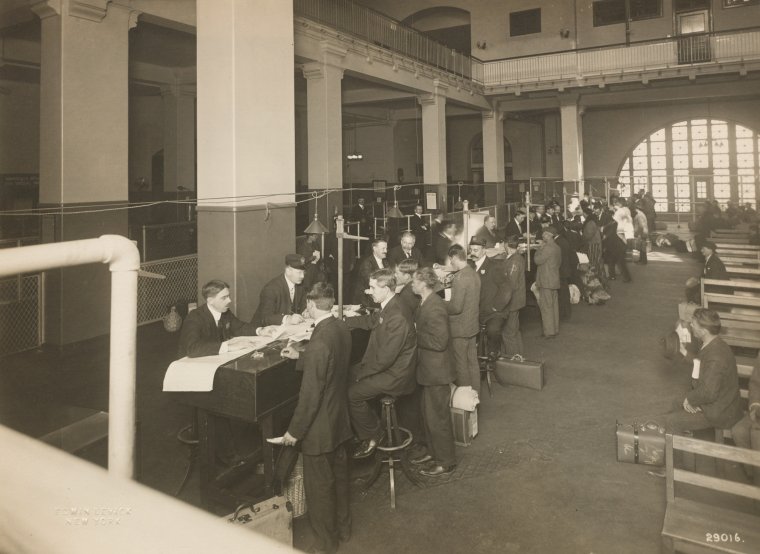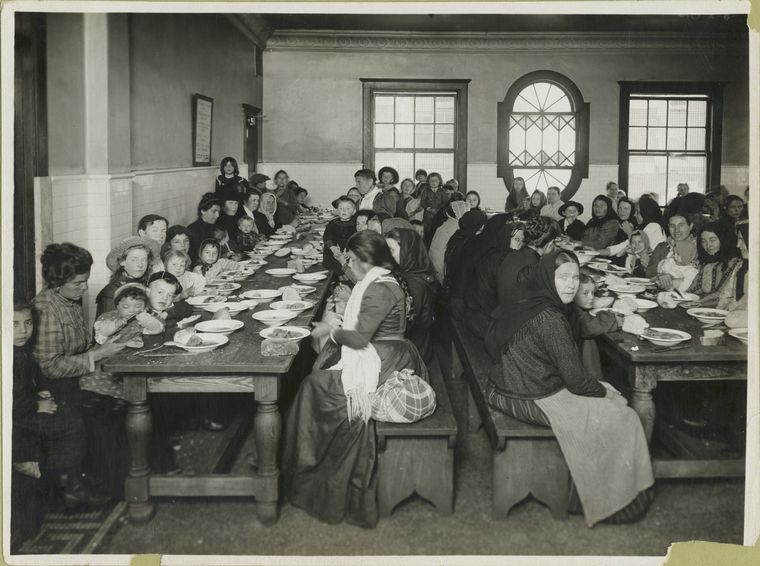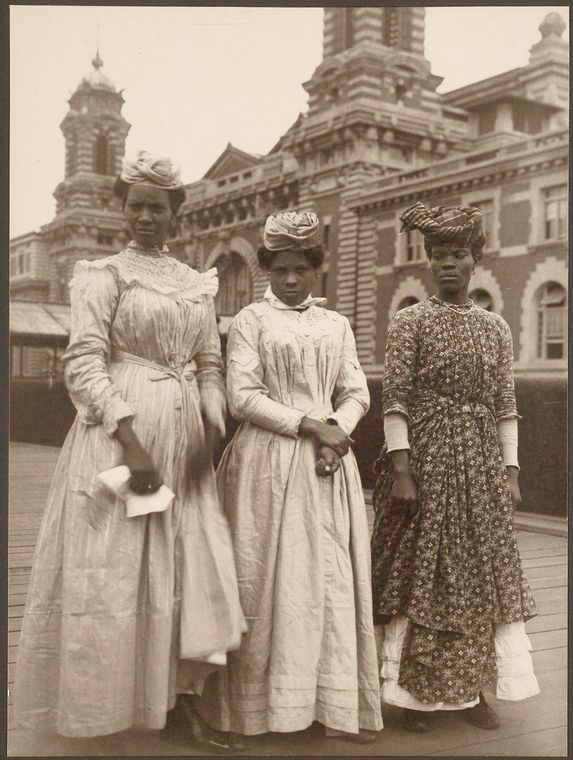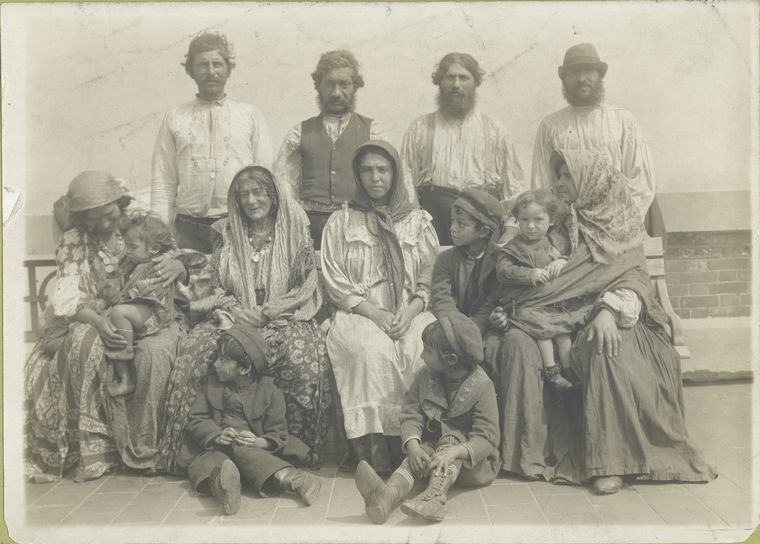By Sara Halpern, PhD Candidate, Department of History
With the support of a Global Mobility grant, I spent five months in Australia studying its histories of foreign policy, Second World War experiences, immigration, and Jewish community. This trip contributes to one of many facets of my dissertation, which examines the postwar lives and migrations of German and Austrian Jewish refugees who were stranded in Shanghai during the Second World War. They had escaped Nazism between 1938 and 1941 to Shanghai, one of the few places in the world that did not require a visa. After the Japanese occupation and the world war ended, the refugees preferred to resettle in Australia and the United States. By examining the Australian path through archives and personal conversations in Canberra, Melbourne and Sydney, the emerging narrative from my research differed from those refugees who departed for the United States. Between Sino-Australian diplomatic relations and the Jewish refugees’ thought processes, Australia, China and the Jews shared a desire in the post-Second World War moment: security. The Australians propagandized a population crisis for national defense; the Chinese sought to expel foreigners who occupied its lands since 1842 and economic rehabilitation; the Jewish refugees desired freedom from persecution.
In the National Archives of Australia and the National Library in Australia’s capital of Canberra, I dove headfirst into documents connected to the newly-established Ministry of Immigration, part of the Department of External Affairs, and Australian Legation in Shanghai. After terrifying four years of Japanese invasion in Asia-Pacific including its northwest city of Darwin and growing separation from its mother country, Great Britain, Australia desperately needed to build national security. It was felt that the population must grow—exponentially. A Ministry of Immigration was then formed in June 1945 by Arthur A. Calwell, who served as its minister until 1949. During these years, Australia embarked on a contradictory campaign: “Populate or Perish!” On one hand, it aimed to see the population grow from 7 million in 1945 to 20-25 million by the 1960s. On the other hand, the government and the population, which was 97% white British, wished to maintain the “White Australian Policy”. Since Australia became a federation in 1901, the immigration policy highly restricted entry of non-British migrants including Chinese. This policy effectively led to Australia “being more British than Britain”. The personal papers reveal tensions that Calwell faced in the anti-Communist Australian Parliament and with the anti-Chinese diplomats in Shanghai, the nativist public, and his influential friends in Chinese and Jewish communities in Melbourne. The papers from the Australian Legation chronicled the transformation of its approach to immigration, from cooperation to suspicion, as the staff changed between 1946 and 1949 and conditions in Shanghai worsened, especially for foreigners.
In Sydney and Melbourne, I sifted through folders from Jewish Board of Deputies, an overseeing political body of the Jewish community with branches in each state, and somewhat of a liaison between Shanghai’s Jewish community and the Australian government. As the port of entry for many ships from Shanghai, Sydney welcomed over 1,500 Jewish refugees between 1945 and 1955. I walked from the Overseas Terminal in Circular Quay to streets in Central Business District (“CBD”) where the local relief society placed them in hotels. From there, refugees chose to either stay in Sydney’s Double Bay, King’s Cross, and Bondi suburbs or take a long train ride to Melbourne. As part of “populate or perish” campaign, Calwell determined that a “family reunification” scheme needed to be created and many Jews in Australia seized the opportunity, especially in the wake of the Holocaust through the Jewish Board of Deputies, and later local Jewish relief organizations. The scheme allowed only relatives to apply for “landing permits” (entry visas) and thus, Shanghai’s Jewish refugees came through relatives living in Sydney or Melbourne who arrived in the late 1930s. These relatives permitted Shanghai’s Jewish refugees to quickly escape threats of persecution as Europeans from the anti-imperialist Chinese authorities and public. Thousands of other Jewish refugees had to wait for other visas.
As I began to listen to video testimonies and read memoirs at the Jewish Holocaust Centre in Melbourne, the “family reunification” scheme resulted in advantaging Austrian and German Jews with birthplace in post-1919 Poland. Unlike the United States at the time, Australia did not impose national quotas. Jews with birth places in Austria or former German territories in post-WWI Poland found planning for surviving family members to meet in Australia easier than anywhere else. A number of families did not “finish” reuniting until the 1950s owing to factors beyond their control, particularly transportation availability in the Pacific in the 1940s.
Meanwhile, I searched for surviving refugees and their families through Google and personal contacts. I found Peter Nash and Ilse Charny, volunteers at the Sydney Jewish Museum. Peter invited me to join his weekly tour where he took a small group of Jewish and non-Jewish Australians around. When we entered the newly renovated Holocaust exhibit, he began to weave his family story of survival into the general narrative. He showed us his personal contributions to the collection—a letter of eviction from the family’s landlord in Berlin in 1938 and photos of two children in his extended family who perished in the Holocaust in the beautiful Children’s Memorial.  Peter’s devotion to his family history and the story of the Holocaust made him an inspiring guide and person. Although still a teenager in the postwar period, Peter did not hesitate to interview with me at his home in North Sydney. He showed me the beautiful vases, representing friendship, from his father’s Chinese employee (pictured). Unfortunately, Ilse Charny and I ran out of time before I had to depart for Melbourne but she kindly showed me her memoir that she donated to the Museum’s library which I read.
Peter’s devotion to his family history and the story of the Holocaust made him an inspiring guide and person. Although still a teenager in the postwar period, Peter did not hesitate to interview with me at his home in North Sydney. He showed me the beautiful vases, representing friendship, from his father’s Chinese employee (pictured). Unfortunately, Ilse Charny and I ran out of time before I had to depart for Melbourne but she kindly showed me her memoir that she donated to the Museum’s library which I read.
In Melbourne, I spent one Sunday afternoon with a group of Austrian and German Jewish refugees and their families. In the photo, the woman in the far left, Ilse Sherwin (age 91), the man in front of me, Horst Eisfelder (age 93) and the man on the far right, Heinz Wolff (age 84) all escaped Europe for Shanghai with their parents.
Ilse Sherwin belonged to a social group, which their Australian children called “Schrei Abend” (screaming evening) that met biweekly since 1950. As the group grew smaller due to old age, other refugees and their descendants were invited to join. Ilse remains the only living member of the original group of 25 people. Throughout that Sunday afternoon, conversations revolved around personal health, Australian and U.S. politics, and, of course, Shanghai. The two grown Australia-born children who came—Peter Kohn and Alan Wolff— also shared stories they inherited from their parents. It could not be completed without plenty of food, including sweet cheese strudel. Classic Viennese. I soon discovered how surprisingly and unsurprisingly small world of Shanghai’s Jewish refugees was in Melbourne.1
Security eventually came for Australia, China, and the Jewish refugees. Australia and China eventually enjoy tremendous trade partnership however politically ambivalent with one another. The Australian government collapsed under pressure to gradually dismantle the “White Australian Policy” to allow Asians and other immigrants to enter in the 1950s and 1960s. The Chinese government embraced a positivist view of Jewish refugees’ lives in Shanghai during the Holocaust. For the Jewish refugees from Shanghai, they found security in Australia even if they were forbade to speak German in public in their first years due to antisemitism, anti-immigration, and cultural intolerance. Many have returned to Shanghai to visit in recent years; possibly more likely to do so than returning to Germany and Austria where they experienced greatest persecution.
1 For more on Schrei Abend and its members, see Antonia Finanne, Far From Where? Jewish Journeys from Shanghai to Australia (Melbourne: Melbourne University Press, 1999.






















